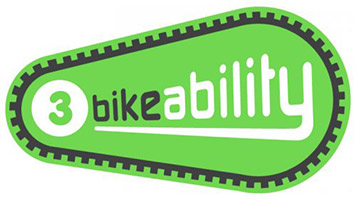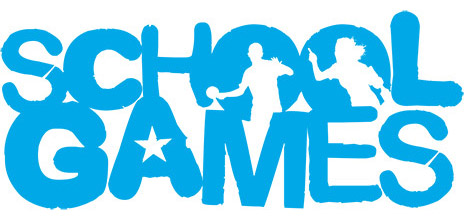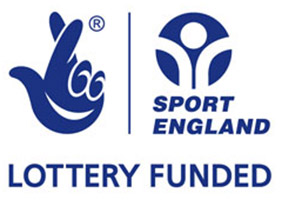Support Children with ADHD
Six ideas to support children and young people with ADHD
We are currently in the midst of a global ADHD medication shortage which is having a significant impact on children and young people. Youth Sport Trust Head of Sport Vicci Wells and Colin Foley, Director of Training from the ADHD Foundation share their idea to support through the lens of physical activity.
Attention deficit hyperactivity disorder (ADHD) is a neurological condition affecting around 5% of the population. Children and young people with ADHD can be highly creative, energetic, motivated, and passionate. The condition can also present challenges in attentional regulation, impulsivity, and hyperactivity.
We are currently in the midst of a global ADHD medication shortage. This is having a significant impact on children and young people, with families and schools sharing that they are seeing pupils acting more impulsively at home and/or school, and also inattentiveness and forgetfulness.
The Royal College of Psychiatrists has recently shared a statement that encourages schools to understand their pupils may be experiencing these challenges and make reasonable adjustments. These can include classroom seating plans, breaking tasks into sizeable chunks, and increasing opportunities for physical activity.
If a child or young person with ADHD is fully engaged and included, they will have positive and meaningful experiences during the school day. Here we explore some ideas to help make your school an inclusive place for children and young people with ADHD, through the lens of physical activity.
- Plan and prepare children and young people for frequent movement breaks in your lessons
Movement can help the brain to focus and reset. Particularly during this time of medication shortage, consider extra breaks throughout the day to support pupils.
- Schedule time for calming activities
Such as going for a walk, breathing exercises, or gentle play. For more ideas please visit here for a set of free digital activity cards that provide activities for both calming, organising, and alerting young people.
- Ensure familiarity
Try to stick to a routine in your lessons which helps the brain know what is happening/coming next.
- Let children and young people stim/fidget
It doesn’t mean they are not listening or not interested. Children with ADHD move in order to focus and concentrate. If your lesson involves time sat at a desk or classroom, find opportunities to stand up and move around.
- Consider the environment you are teaching in
Is your classroom a welcoming space? How do you plan for pupils to connect and relate to others? Could you adopt zoning areas in corners of your classroom? For ideas on how to maximize the physical space you have available, and to hear how other schools have adapted theirs, please visit here and here.
- For external staff coming into school
Preparing young people for visitors is really important. For sport coaches visiting here is our Top Tip guide.







